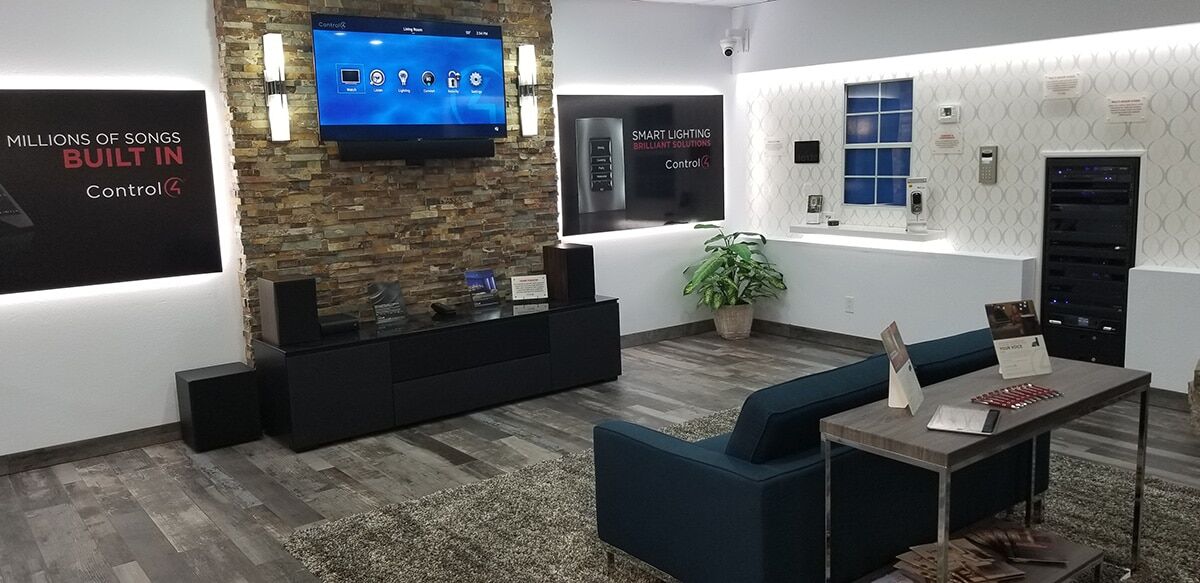The first action in successful camera installation is to locate high-risk areas within the store. Such locations often consist of entry points and exit points, cash registers, and sections where expensive items are displayed. By installing surveillance devices in such locations, store owners can monitor customer behavior and spot questionable activities. Additionally, cameras at entry points can record footage of individuals entering and exiting the retail space, which is essential for recognizing potential shoplifters. This proactive approach helps in minimizing loss and guaranteeing a secure environment.
A further key consideration is the type of camera used in the retail space. Various types of cameras serve different purposes. For example, dome surveillance cameras are commonly used for internal monitoring because they are more obtrusive and can cover a broad space. Conversely, bullet-style cameras are ideal for external application, as they are much conspicuous and can discourage criminal activity. Retailers should assess their particular requirements and select the suitable surveillance device types to ensure complete monitoring of the retail space.

In addition to camera types, the position and elevation at which surveillance devices are mounted play a significant role in their efficacy. Surveillance devices should be set at a height that allows for unobstructed viewing of individuals and actions without being easily tampered with. A common suggestion is to mount surveillance devices at least eight to ten feet off the floor. Additionally, cameras should be angled to cover as wide space as feasible while avoiding blind spots. This tactical installation guarantees that all areas of the store are visit their website observed, offering a complete view of customer engagements and possible safety threats.
Finally, it is crucial for store owners to consistently review and maintain their monitoring equipment. This includes checking surveillance device performance, ensuring that recordings are high-quality, and updating software as needed. Routine upkeep helps to prevent mechanical problems that could compromise security. Additionally, store owners should analyze footage periodically to spot trends in shopper actions and potential security threats. By staying proactive and mindful to their monitoring systems, retailers can establish a safer shopping atmosphere and safeguard their assets effectively.